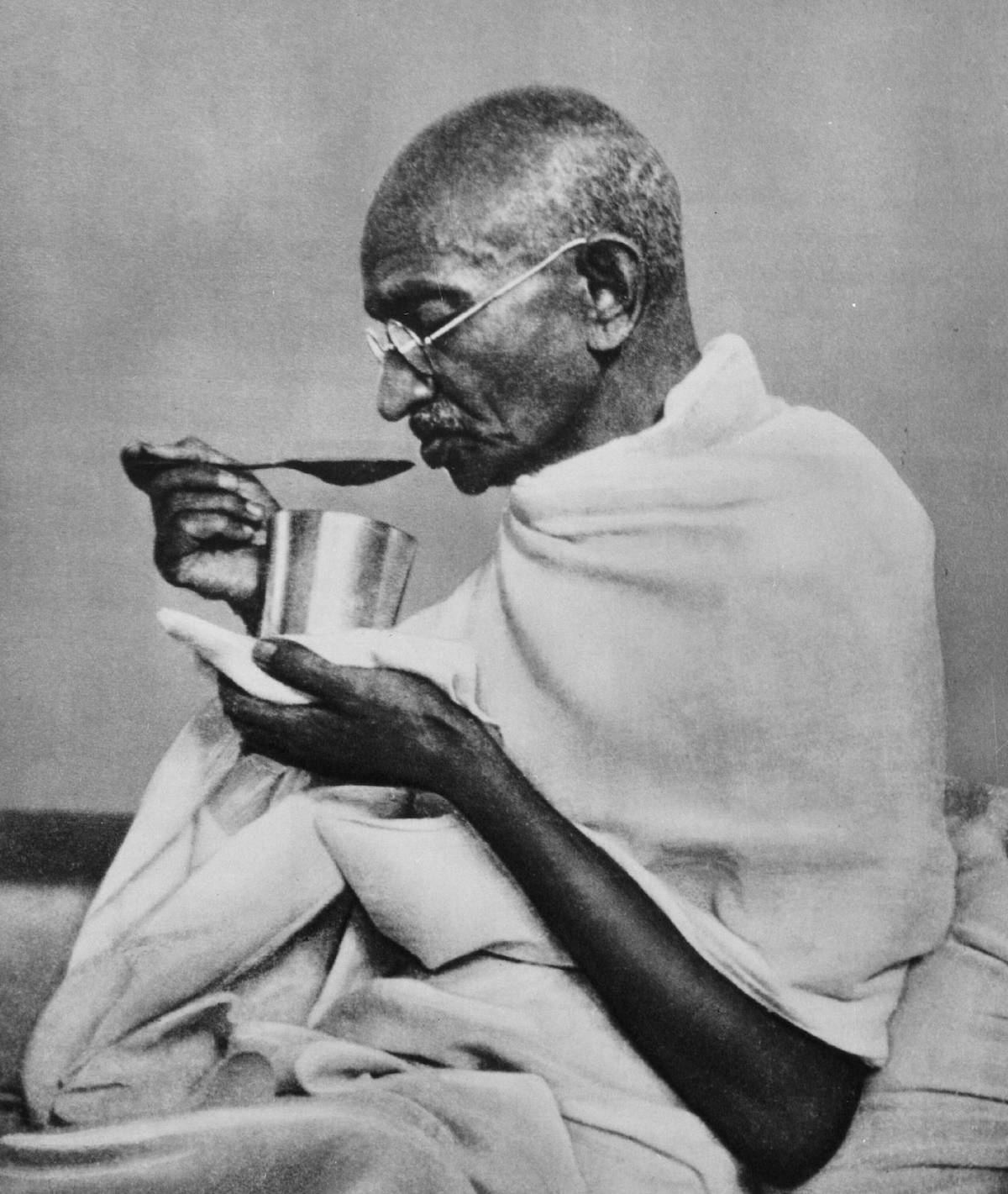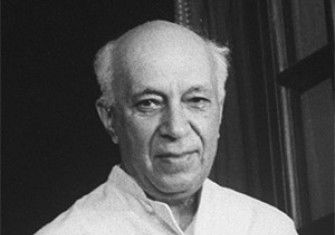How Has Gandhi Influenced Indian History Since His Death?
Mahatma Gandhi was assassinated on 30 January 1948. As India has changed, so has his place in its history.

‘Gandhi’s ideas seem consigned to the past’
Anindita Ghosh is Professor of Modern Indian History at the University of Manchester







